Sonos nails the fundamentals with its latest soundbar. But it'll cost you.
It's been almost two years since I reviewed the Sonos Beam, a soundbar from a company that represented just as much about the company's future as it did about its then-present.
The speaker maker had been trying to balance the needs of its existing user base, which valued the connected nature of its speaker ecosystem, with a growing number of cost-conscious consumers who just wanted a decent soundbar to connect to the living room TV that was taking on more importance. Plus, it wanted to work with the quickly-proliferating smart assistant audience, many of whom were choosing Sonos products like the Sonos One because it was the best-sounding Alexa speaker you could buy for $200.
The Beam, with its $399 starting price, low-profile form factor, beamforming speakers, and support for HDMI's ARC standard, tried to be all things to most people, and it succeeded wildly. When I sent my review unit back, I survived less than five months before I bought one for myself, and I hadn't looked back since. Not 'til now.
At a glance
Sonos Arc
The Sonos Arc is a versatile and low-profile soundbar that brings high-quality sound and Dolby Atmos down to an accessible price point. It sounds a lot better than the Beam, and it's a worthy successor to the Playbar while competing well with most other soundbars in its price range.
Pros
- Big, room-filling sound
- Dolby Atmos support
- Low-profile build
- Easy to set up and use
Cons
- Pricey
- Plastic body really attracts dust
- Atmos can be difficult to set up
Jump to:
Sonos Arc Price, Sound, and Features
The Arc isn't exactly a Beam successor, but a hybrid between the modern expectations of a soundbar customer with the sound chops of the aging-but-excellent Sonos Playbar. The Arc is considerably shorter and lower-profile, making it easy to fit under most TVs — though it comes with mounting hardware to use with an optional $79 wall mount — with a rounded design that belies its thickness.
The Arc is a bigger, more powerful Beam with Atmos support — and that's exactly what many Sonos fans wanted.
Being part of the company's hi-fi line of speakers, the Arc points sound in a bunch of directions, including upwards to facilitate the much-anticipated Dolby Atmos support, a first for Sonos. There are 11 discrete amplifiers, eight woofers, and three tweeters. If you're familiar with how Sonos speakers sound — warm, enveloping, precise, but not exactly neutral — you'll understand how the Arc fits into the family. It's a bigger, far more powerful Beam.
I'll get to the Atmos stuff in a moment, but let's talk about soundbars first, especially as they pertain to the current moment in tech. Increasingly, soundbars are marketed as the perfect middle ground between complicated 5.1 systems and plain old TV speakers. The former is increasingly rare in North American homes, as the actual "home theater" gives way to exercise rooms, spare bedrooms, and work-from-home offices. Those that have maintained dedicated rooms for consuming media, separate from the living room, often invest tens of thousands of dollars into perfection.
This is a big part of Sonos's business, too: the recently-released Amp and Port products are meant to facilitate the home-builder crowd who endeavor to simplify whole-home music listening. Sonos also sells in-wall and in-ceiling speakers made by specialty component maker, Sonance. This is a low volume, high-margin business that's unlikely to disappear.
But Sonos has to grow its customer base, especially now that it's a public company, and its product line is looking more consumer-focused than ever. The Beam was the perfect entry point to the world of people just wanting better sound from their TVs while also allowing them to group it with other Sonos speakers around the house, or use Google Assistant to set a timer, or just listen to music from Spotify while the TV's off. As an entry-level soundbar, the Beam was great, but it lacked the acoustic scale — especially in the low-end — to be considered a room-filling alternative to many dedicated stereo systems.
The Arc really is that. Sonos recommends the Beam for small to medium-sized rooms paired with TVs 49-inches and under. Even when the Beam was released in 2018, that television size was already being supplanted; most Americans are choosing TVs 65 inches and up, according to a July 2019 report, which replaced the 55-inch default established a few years before that. For what it's worth, I have a 55-inch LG B7 OLED and the Arc is perfectly sized for sitting on the mantle below it. So perfect, in fact, that after installing it, it felt like I'd always had it.
So that's where a soundbar like this comes in. It's powerful enough to create legitimately good music and entertainment-listening experiences, and it never feels underpowered. Unlike with the Beam, after using the Arc for a few days, I don't think about adding components — though you can wirelessly pair two satellites and a subwoofer, if you're willing to part with nearly $2000.
There's plenty of Atmos content available right now, but your equipment needs to check a lot of boxes before you can hear it.
You plug the Arc into the same ARC or eARC port as the Beam, which facilitates a number of things on your TV, including the ability for the speaker to act as the default output for all HDMI inputs coming into your television. It also makes it easier for the Arc to send specific commands to the TV, such as when a Fire TV is plugged in and you ask Alexa to play a particular show.
Now I have to say that my TV doesn't support eARC, the HDMI 2.1-based next-gen version of Audio Return Channel.
eARC allows for higher-quality audio streams, including uncompressed 5.1 and 7.1 streams and, in theory, much higher-quality Dolby Atmos streams, though right now none of the supported platforms are taking advantage of the extra bandwidth.
You also set up the Arc using the new Sonos S2 platform, which I used in beta form for the purposes of this review. If you've been following the controversy around the splitting of Sonos's platform, you'll have to excuse the retread, but for the uninformed, here goes: Sonos's original wireless architecture is approaching 15-years-old and was never designed to take advantage of the multi-channel audio streams coming from standards like Dolby Atmos and DTS:X.
In order to make sure its current and future lineup of speakers can transfer those signals properly, Sonos had to cut off a bunch of its older products, essentially splitting some houses' groupings in half, with the names S1 and S2. Most new Sonos speakers support S2, but the company caused a firestorm earlier this year by offering a Recycle Mode that would essentially brick these older products when they were traded in. This was all in service of getting long-time customers ready to switch to S2, which is being released on June 8, two days before the Arc itself.
S2 is a very similar app to the original, though it does feel a bit more modern in places. It still treads a fine line between administrating the speakers themselves and doing what Sonos does best, consolidating music and other audio from hundreds of sources. Honestly, most people won't notice a difference outside of a slightly lighter theme, and I suspect that's exactly the way Sonos wants it.
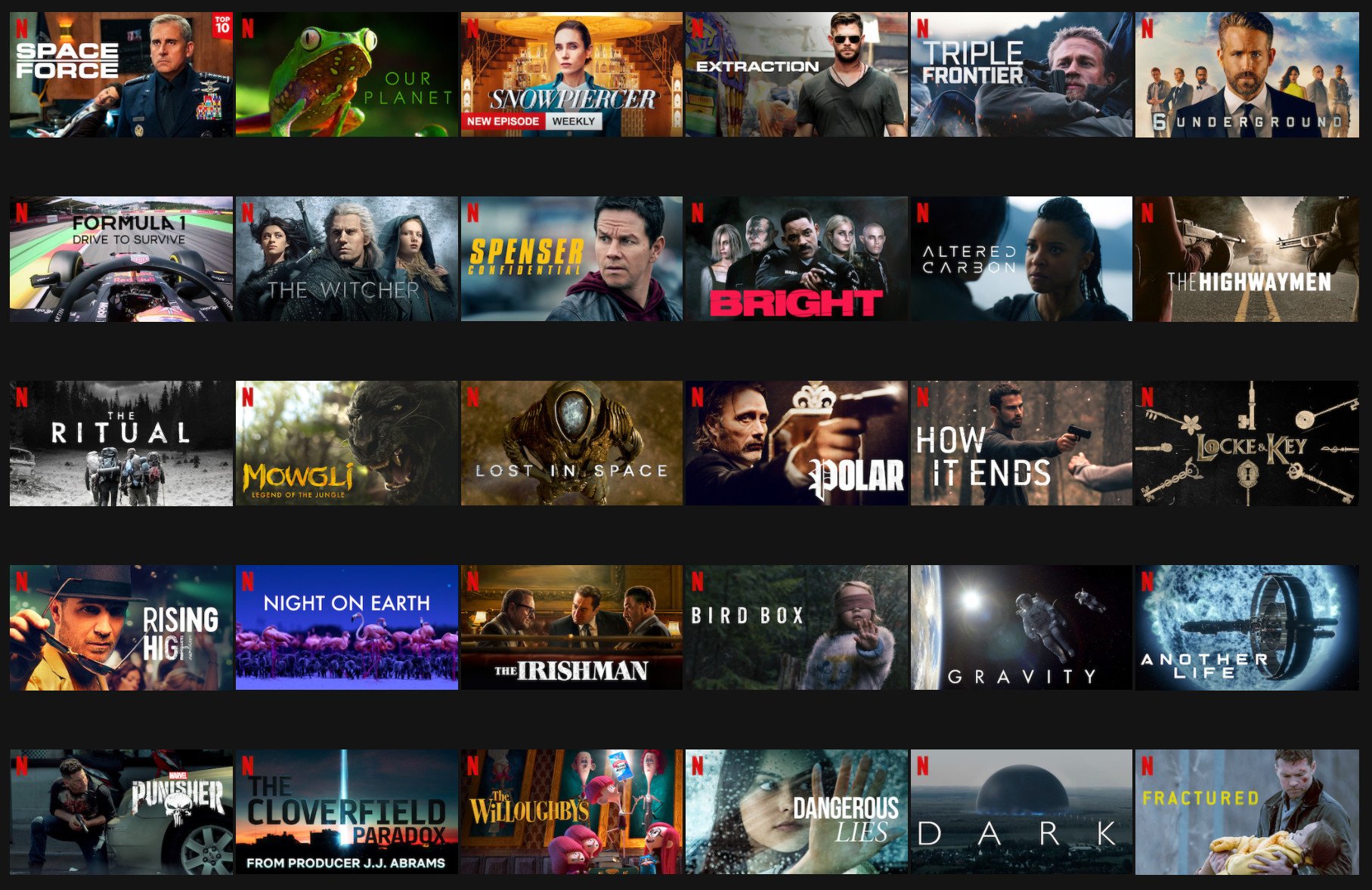 A selection of some of Netflix's Atmos-enabled titles.
A selection of some of Netflix's Atmos-enabled titles.
So that's a lot of prep for the Arc itself, but that's because the speaker isn't hard to review. It sounds delightful; it has exactly the right balance of power and subtlety for most use cases. The additional woofers, and the additional physical distance between them, means there's a much wider soundstage than the Beam, and I had a blast listening to everything from Arcade Fire to Andrew Bird to the new Run the Jewels record. The low-end is visceral, and I had to enable night mode on occasion to push movie dialog forward at the end of the bass, which I occasionally found overwhelming at higher volumes.
For many people, though, it's the addition of Dolby Atmos support that's going to be most interesting. First envisioned as a solution to spatial audio — the idea of being able to identify sound not just in front or beside you, but anywhere in 360-degree space — it took some time for all the components to reach the consumer level. To use Atmos, you need a TV that supports ARC or eARC, along with a speaker system that outputs it.
You also need a service that hosts Atmos-encoded content, such as Netflix or Amazon Prime, and there needs to be content good enough that you want to actually watch or listen to it. (And you need a set-top box, like an Amazon Fire TV Cube, NVIDIA Shield, or Apple TV 4K, that supports Atmos, if your TV's built-in content providers don't.)
Finding Atmos is a bit tricky, largely because if you're missing one item in the chain, the signal falls back to Dolby Digital or stereo, depending on your setup. Even though the Arc itself makes it easy to play Atmos, you must make sure the other components in your home theater are all up for the task.
I experienced Atmos through an Apple TV 4K, on both Netflix and Tidal, the latter of which rolled out a tiny swath of Atmos-optimized albums in the past week. Because this was my first experience with Atmos encoding, I wasn't sure what to expect, nor whether doing so on a soundbar which, though good, is still positioning speakers across one axis very close together, was the right introduction. But so be it, I soldiered on.
My intro to Atmos was Netflix's Formula 1: Drive to Survive, which is beautifully shot and edited in 4K HDR. But it really is the sound that impresses; the whirring of the wheels so clearly positioned in space, the surround effect real enough that my brain tricked itself to thinking sound was coming from the top-left of the room. The show is a master class in sound editing, and its effect was so jarring I had to stop it after a couple of minutes to shake it off. Netflix has a lot of Atmos content, but it's mainly first-party titles.
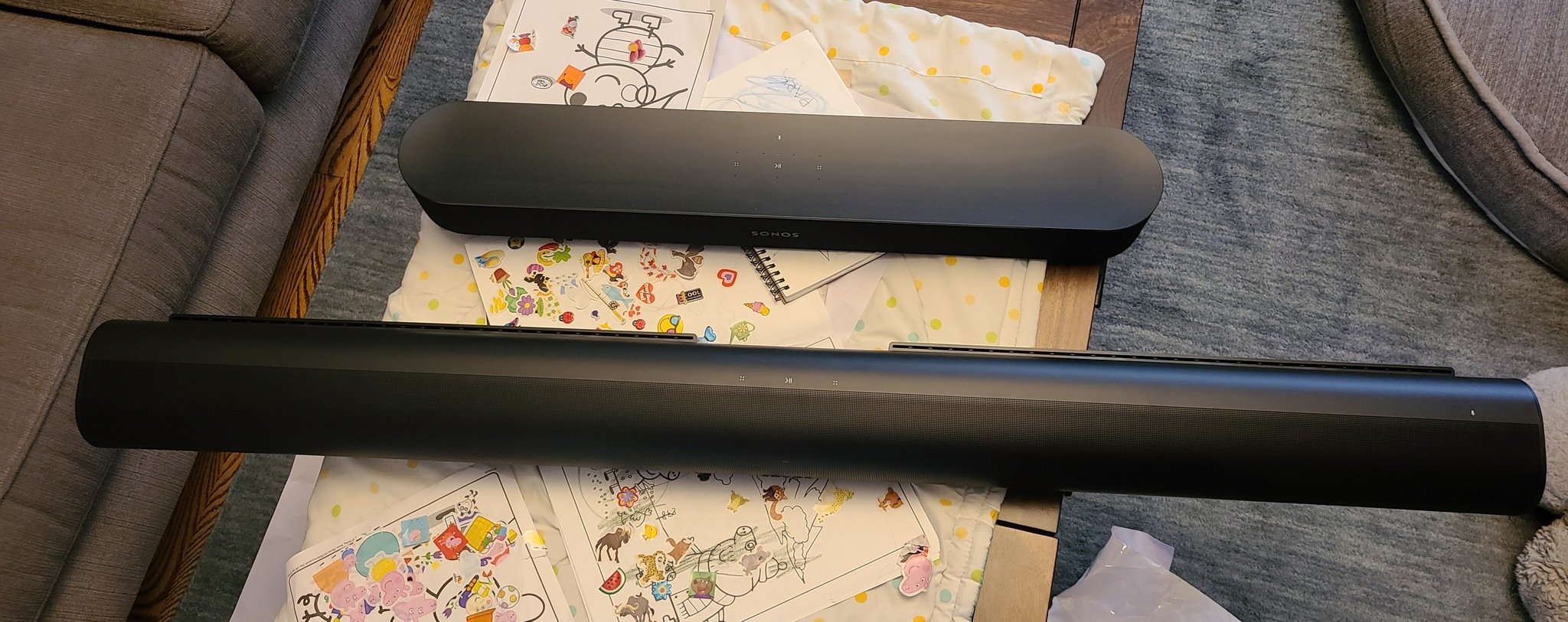 Please excuse the Peppa Pig books underneath the speakers — that's pandemic life right now.
Please excuse the Peppa Pig books underneath the speakers — that's pandemic life right now.
I needed something a bit more familiar after that, so I settled into watch the first few minutes of The Last Jedi on Disney+, another service that supports Atmos for most of its content. And this was a bit more eye-opening, since I'd watched the movie a couple of times on the same TV attached to the Beam. The difference was significant; the punch from every explosion felt expansive, and each time Poe's X-wing arced over the screen, it soundstage followed it with precision.
I think that's really what Atmos is about, at least in a living room on a soundbar: separating and making more identifiable the many components that make up a typical movie soundtrack.
I also listened to a few Atmos-encoded albums on TIDAL — The Weeknd's After Hours, Halsey's Manic, and R.E.M.'s Automatic for the People — and compared them to their stereo counterparts. The difference wasn't as stark as I thought, which is a good thing since these albums were originally mastered in stereo, anyway.
Instead, it came back to separation: the Arc was not only able to distinguish instruments from vocals along a horizontal plane, but the best recordings made it apparent that the vocal tracks were floating in space, not right in front of me but somewhere up and to my right. I wouldn't say it added anything to the music itself, but it's an experience worth having nonetheless.
Finally, I'd like to say that I tried the Arc's improved far-field microphones to see whether it did a better job than the Beam in hearing my voice say "Alexa" or "Hey Google" in a loud room, but the beta app I was using required an alternative Google or Amazon account, and everything I tried failed to get either service to detect the Arc. Once the S2 app is released publicly on June 8 and I can migrate my whole system over, I'll update this review.
Sonos Arc Competition
There aren't many straight-up competitors to the Sonos Arc that offer as many features in as accessible a package. You have some products, the $799 Bose Soundbar 700, that is almost all the way there but lacks Atmos support, while others, like Samsung's $900 Harman Kardon HW-Q80R, is more powerful, but brute-forces its way to popularity — it's comparatively massive, and can't do any of the whole-home grouping that Sonos or Bose can.
Sonos Arc Should you buy it?
It's for you if...
- You want a massive sound upgrade in your living room
- You have existing Sonos equipment
- You're jonesing to play some Atmos-enabled content
- You have the space for it
- You can justify the $800 price
It's not for you if...
- You have a small-ish TV
- You already have a decent speaker system in your living room (unless you're trying to downsize)
- Your TV doesn't support ARC
- You're not that into Atmos content
I've said it again and again: there is no company that comes close to offering what Sonos does in the wireless audio space. To have more than one Sonos speaker is to avoid all the complications that come with hacking together similar systems. It just works.
The Arc isn't necessarily after that same customer, but I predict they'll buy it for the home theater chops and end up spending a lot of time streaming Spotify through it, too. It's the gateway drug.
At $799, the Arc is anything but cheap, and because I don't have another Atmos system to compare it to, I can't say whether it's competitively priced for that specific purpose. But I can say that there's a lot of value overall in that price, if for no other reason than drifting between paradigms — music and movie and back — is so seamless and so enjoyable, it often feels like cheating.
Flawless
Sonos Arc
The Sonos Arc is a versatile and low-profile soundbar that brings high-quality sound and Dolby Atmos down to an accessible price point. It sounds a lot better than the Beam, and it's a worthy successor to the Playbar while competing well with most other soundbars in its price range.

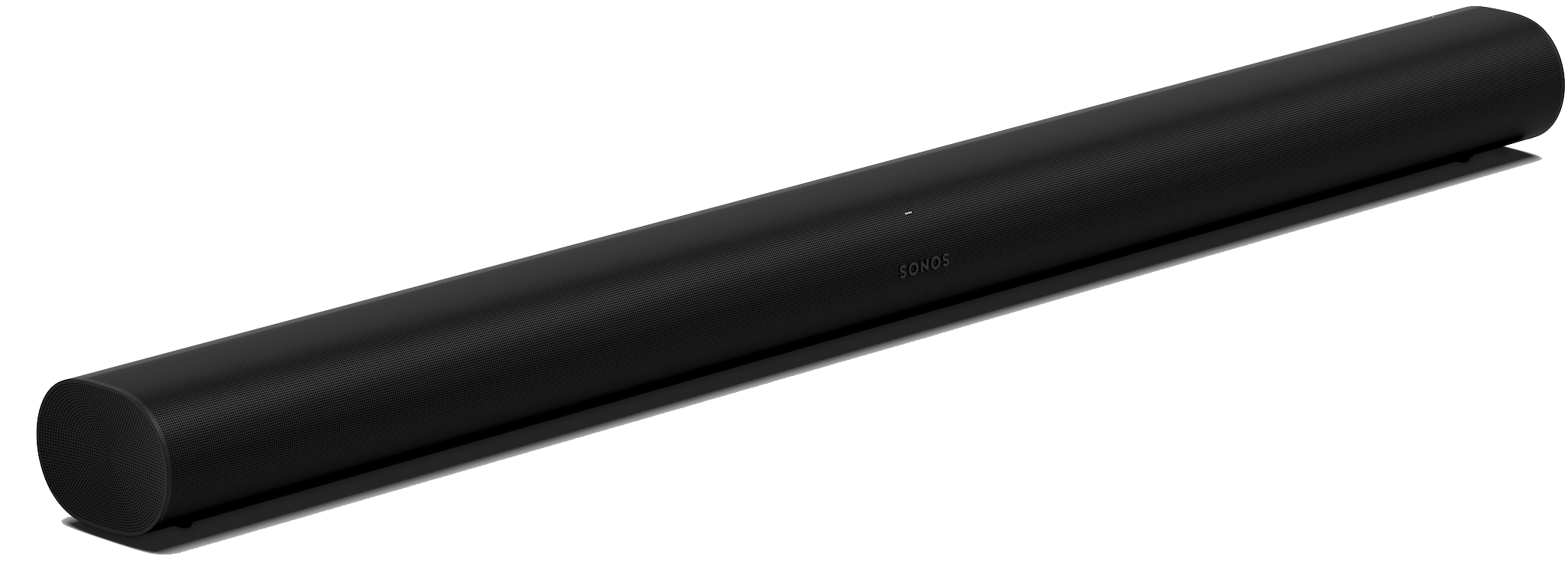
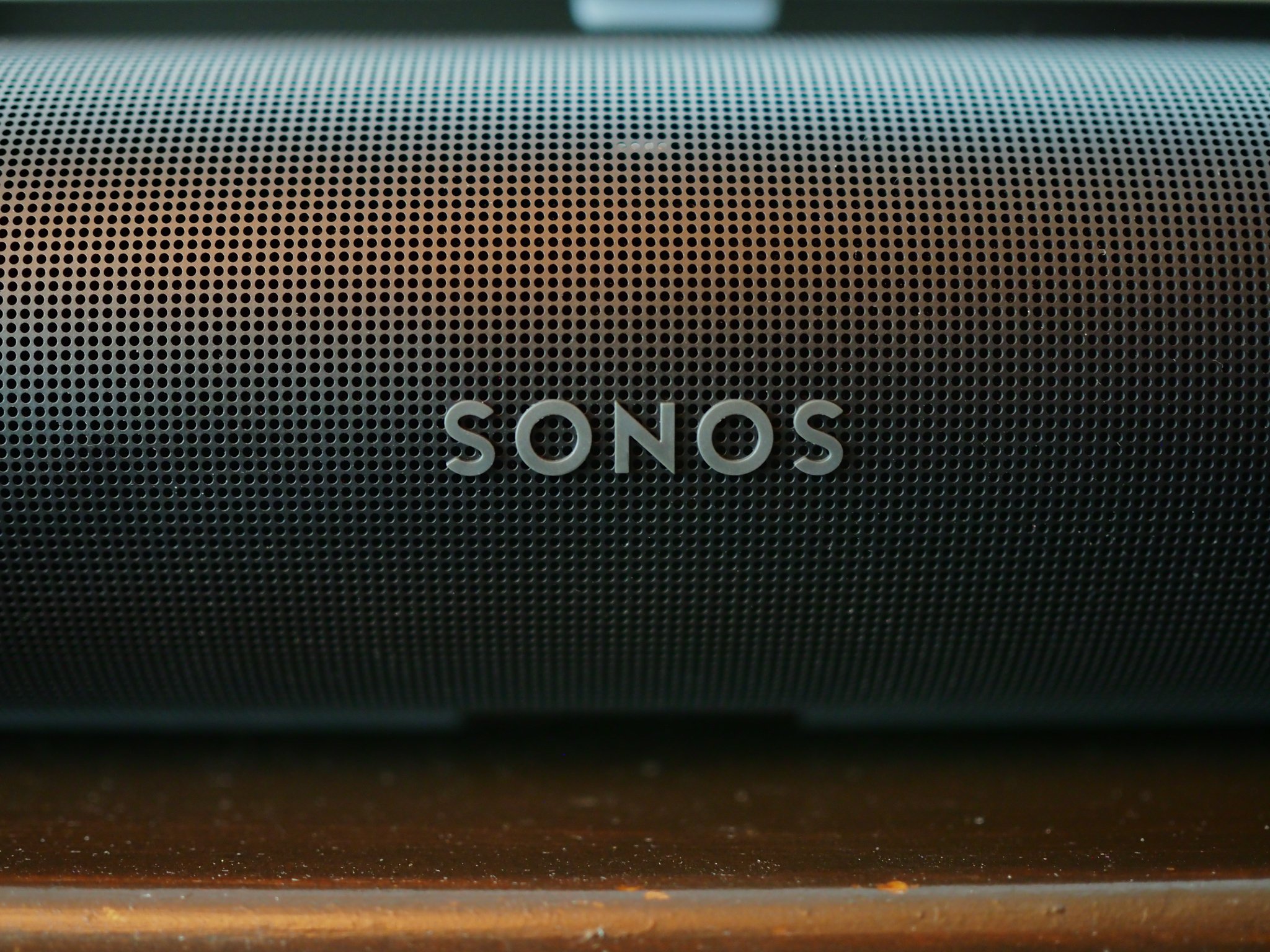

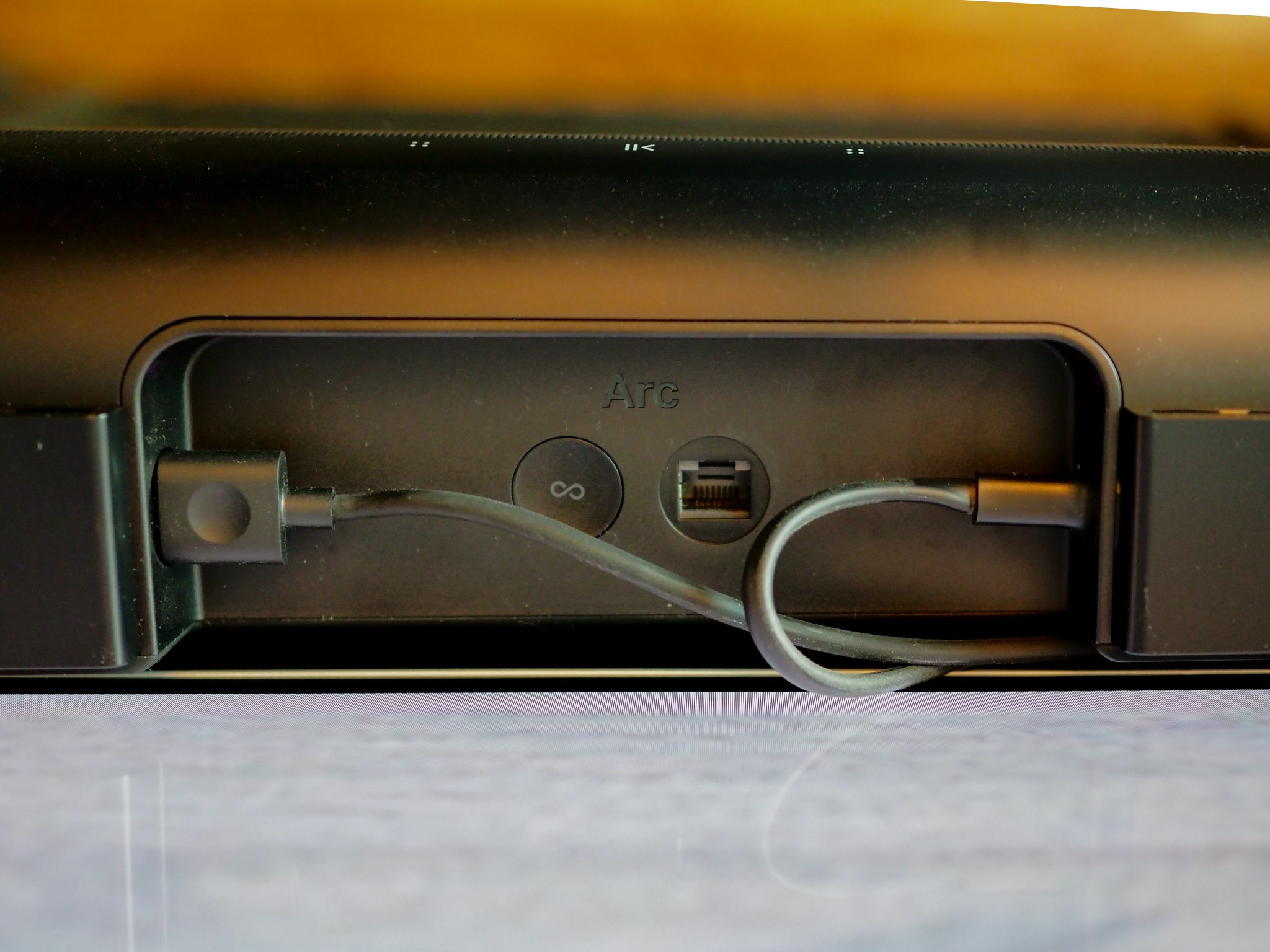
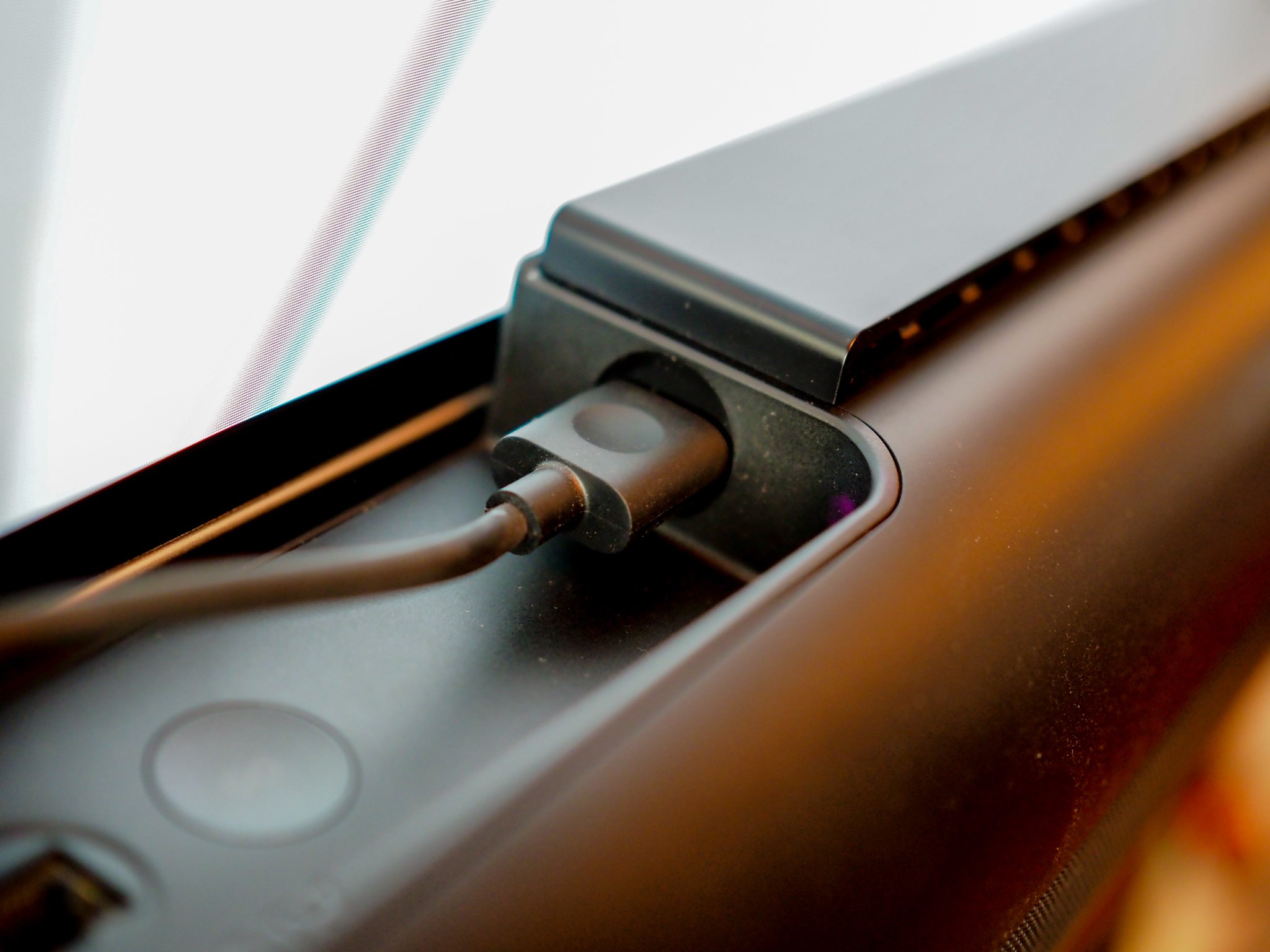

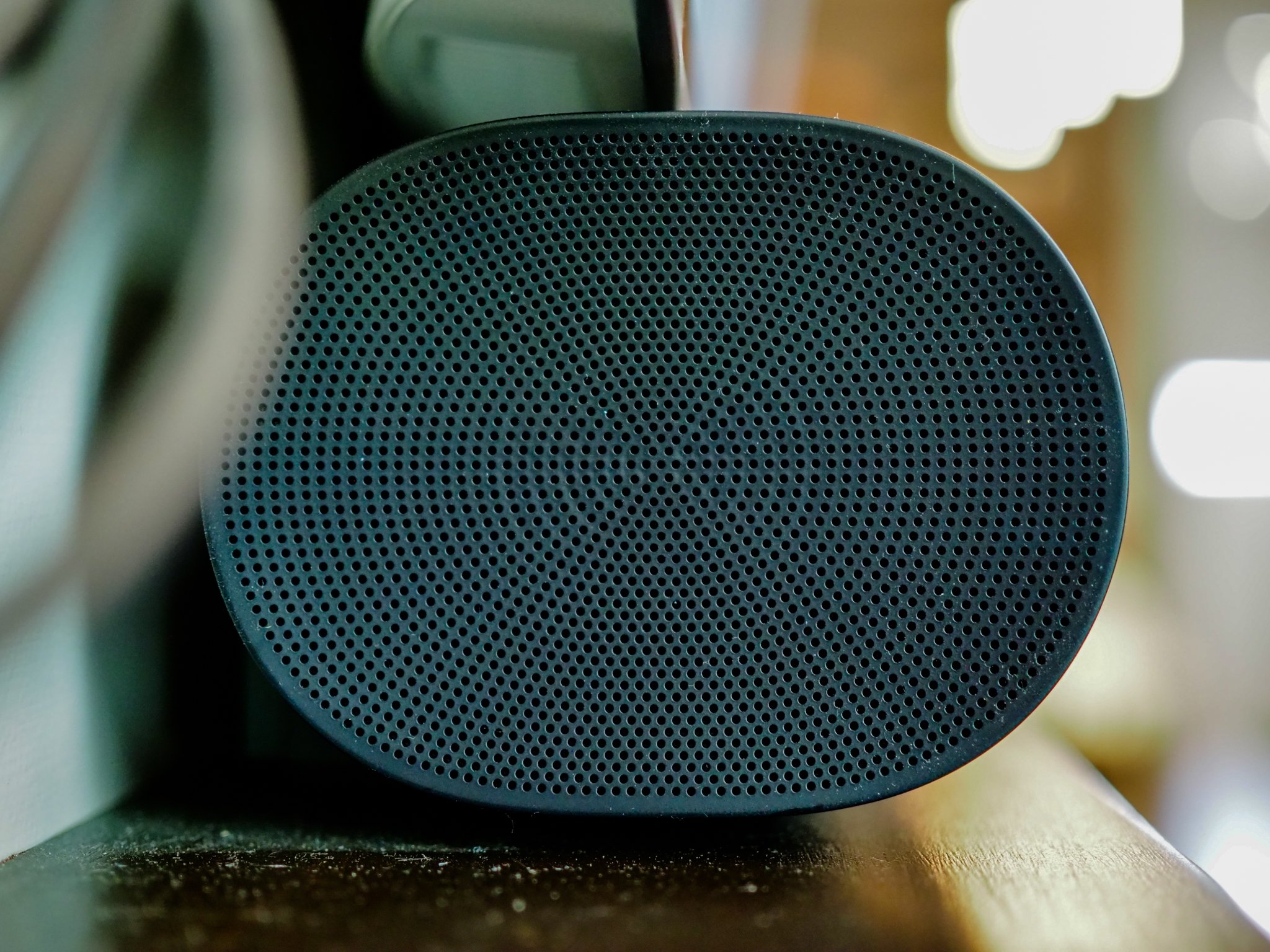
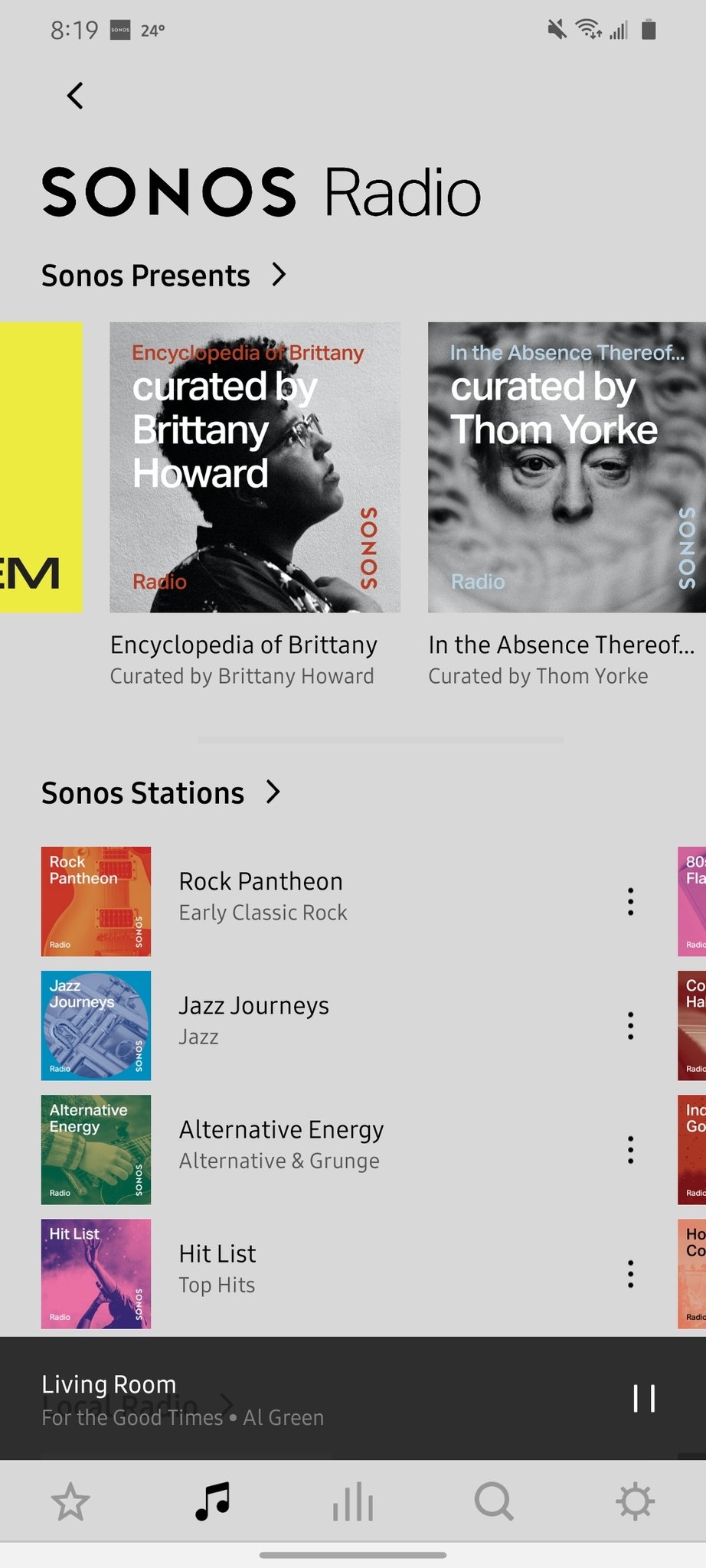
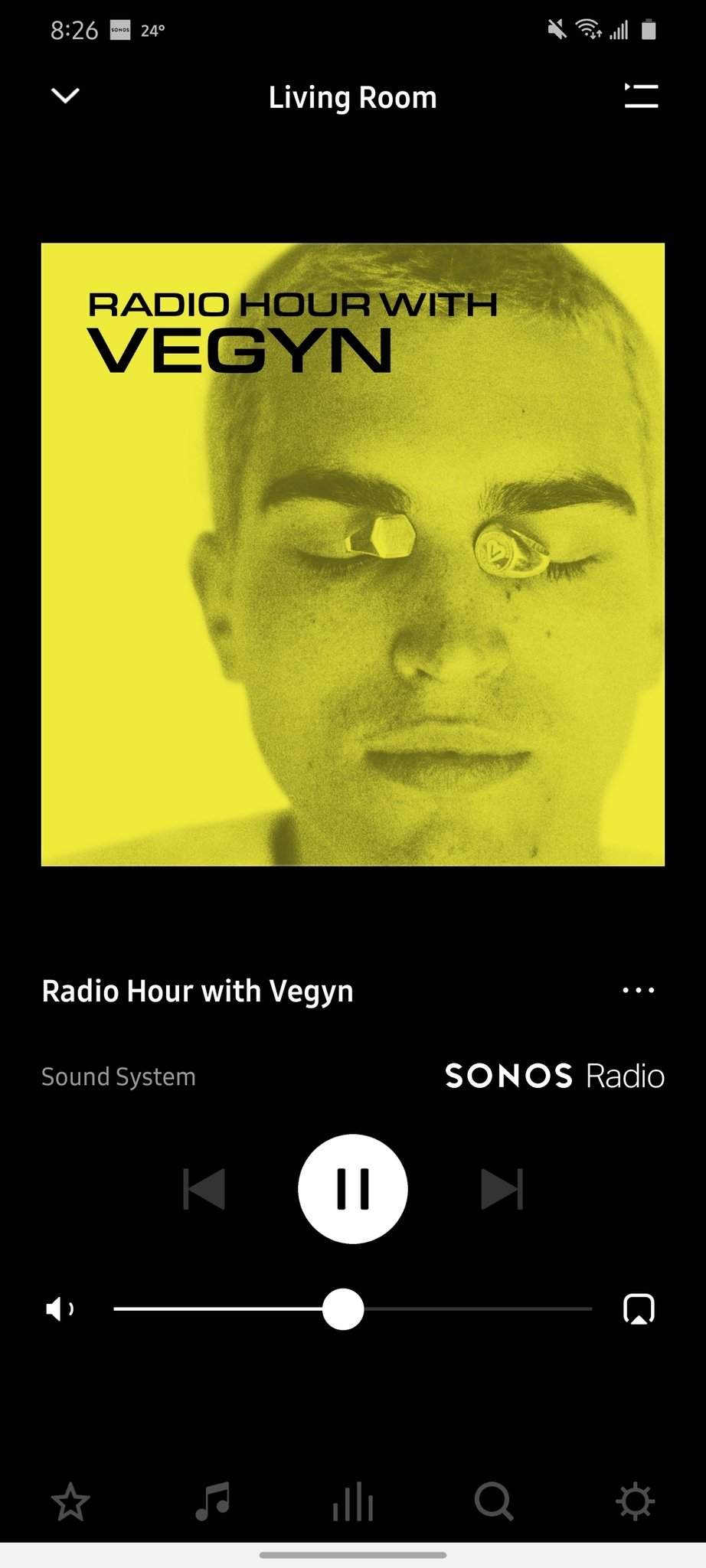
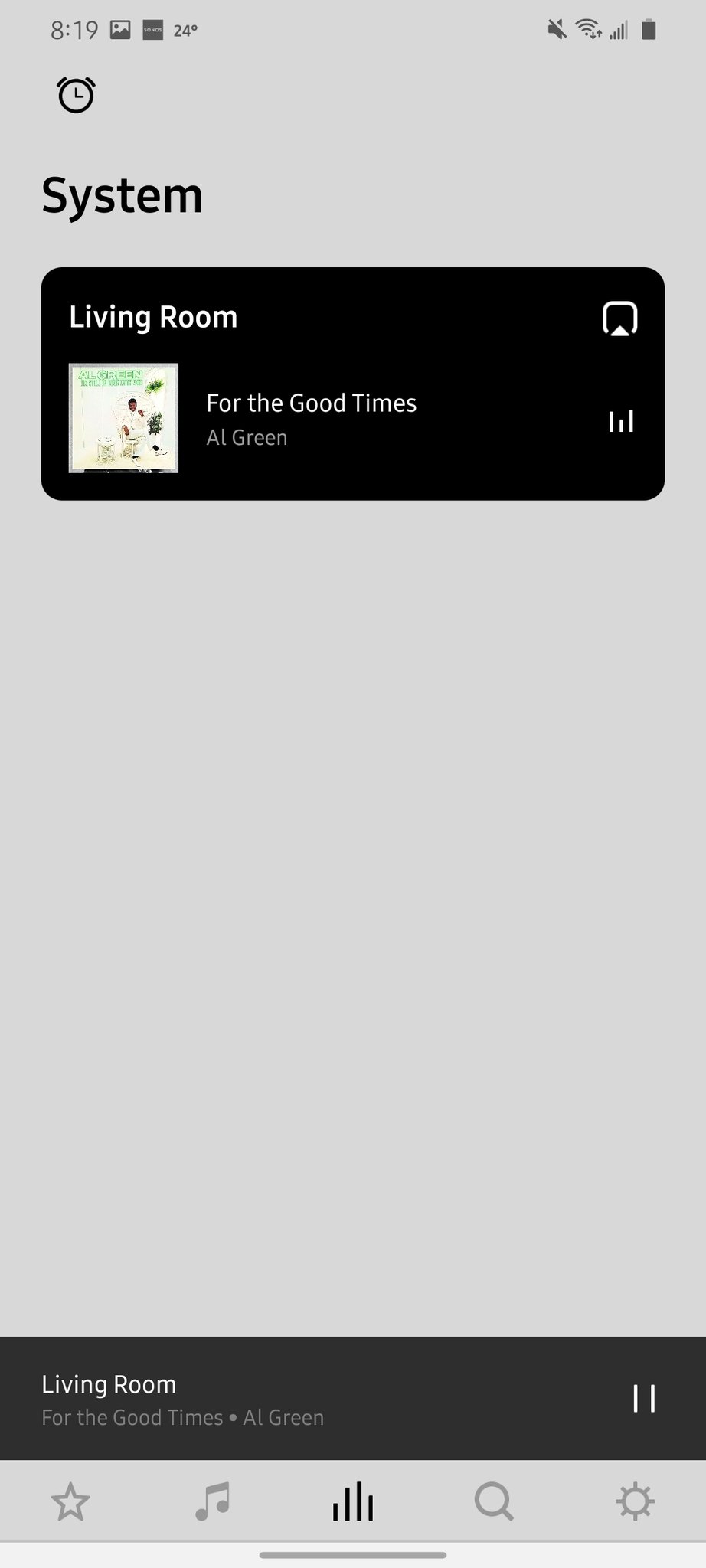
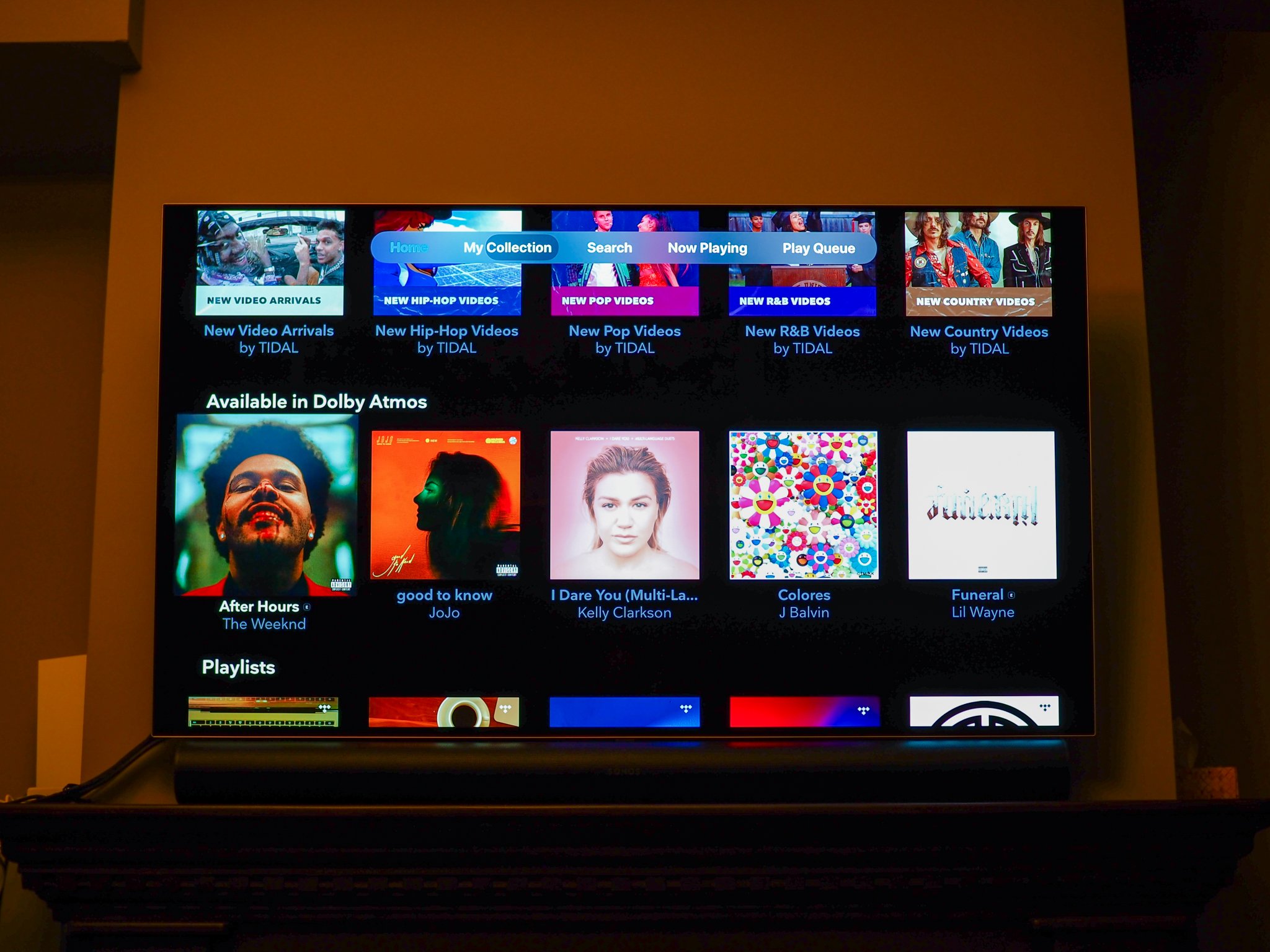
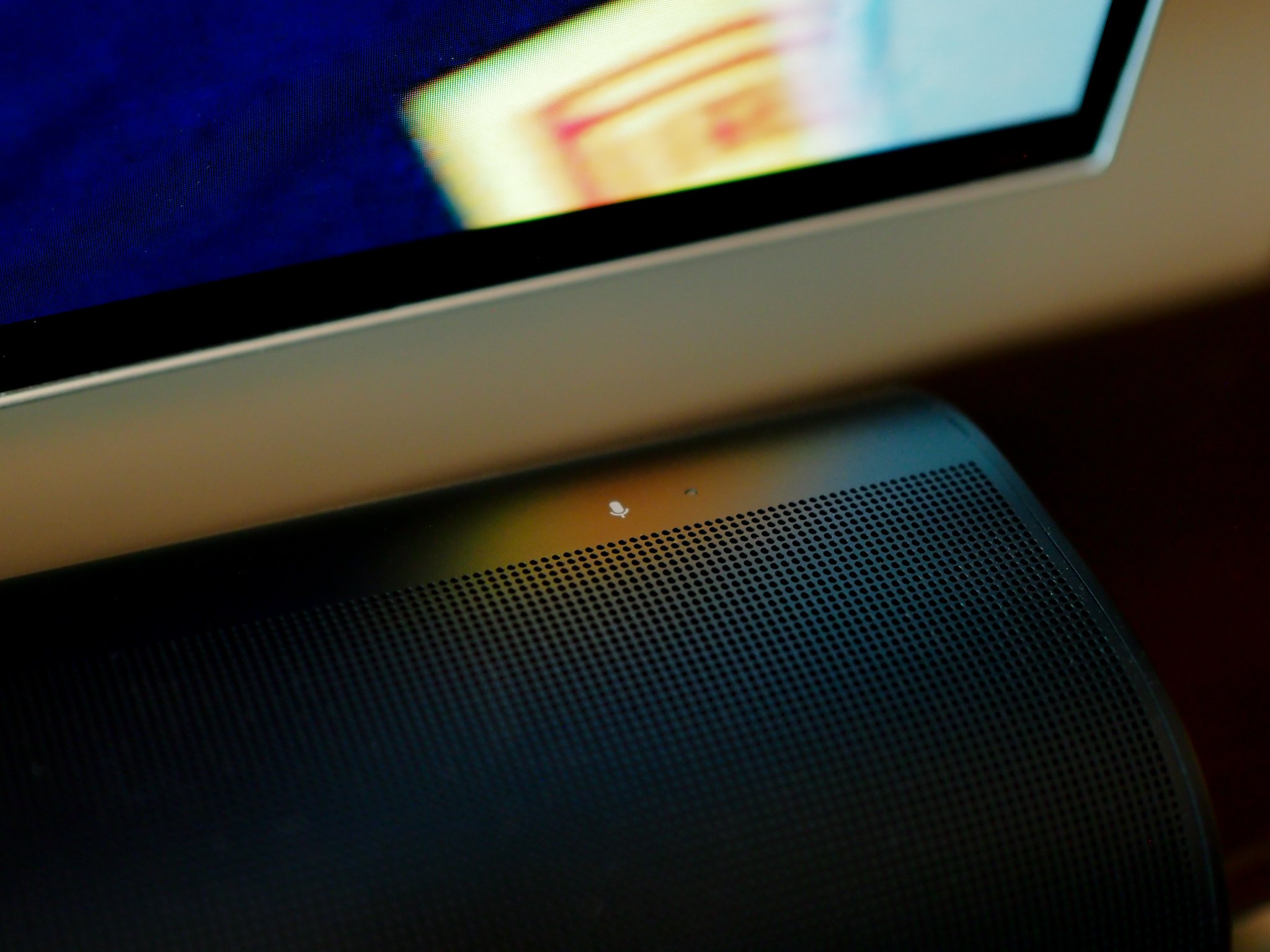
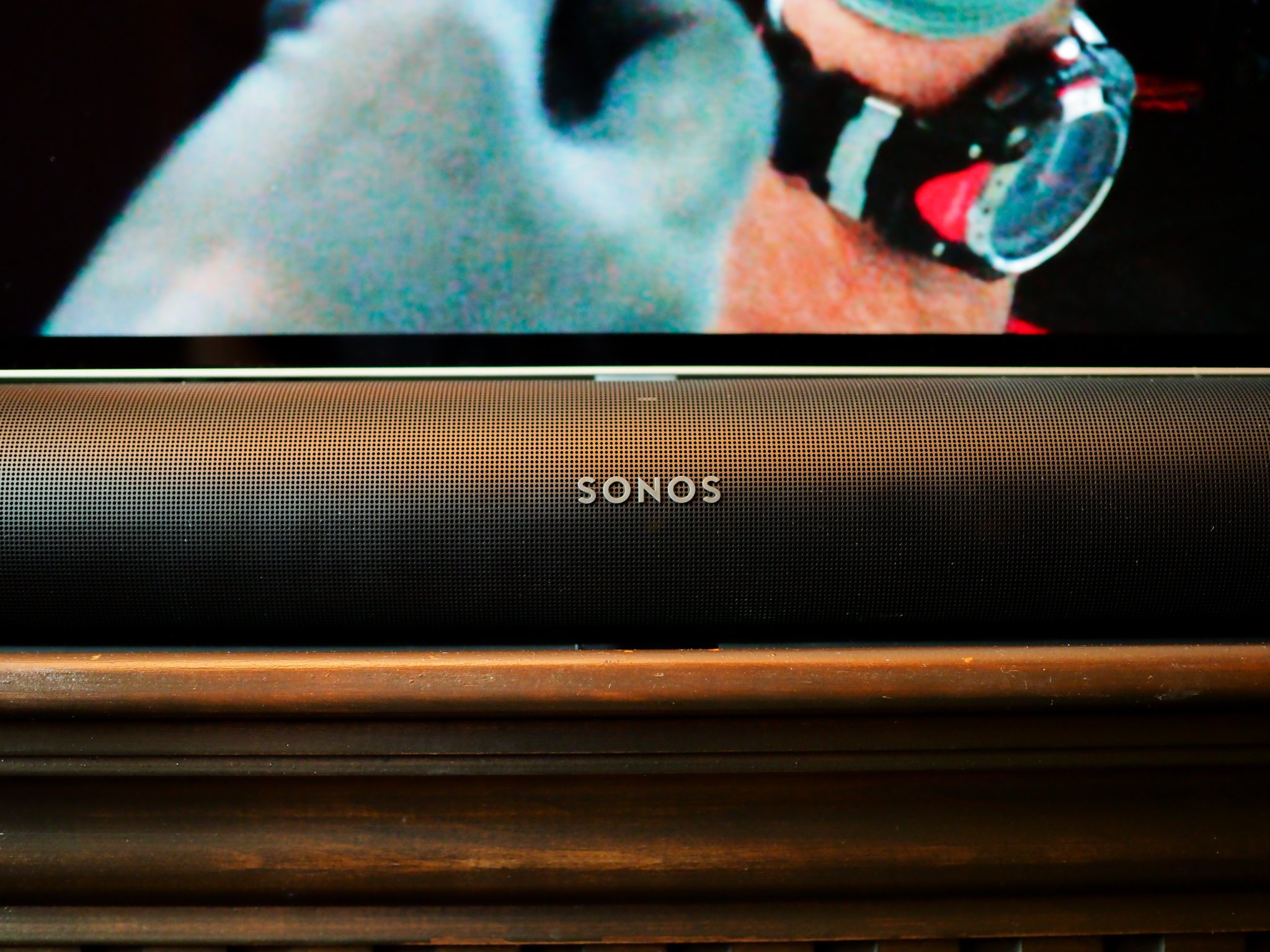
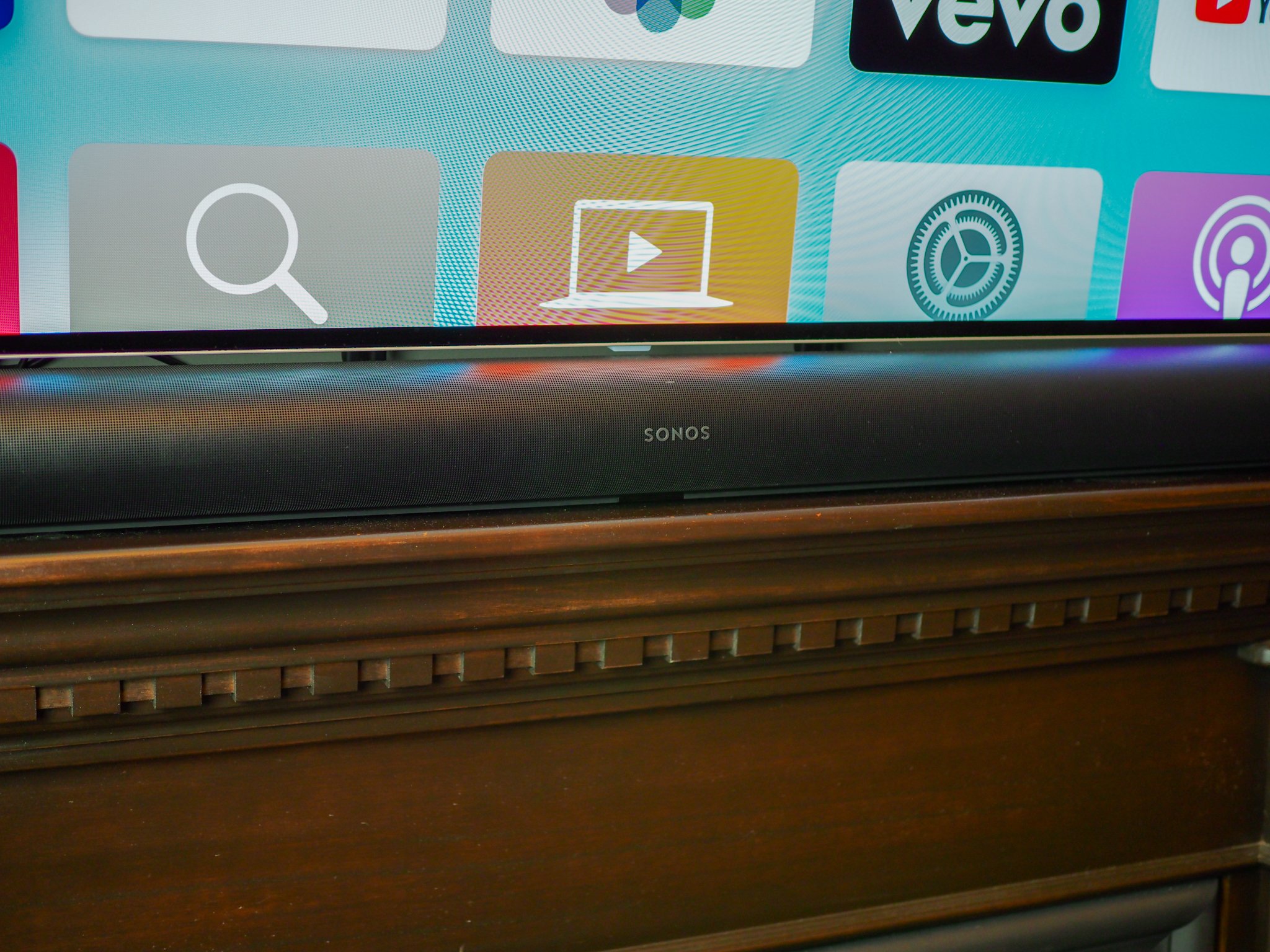
0 Response to "You Can See More: The Sonos Arc is an incredible-sounding, versatile Atmos soundbar"
Post a Comment